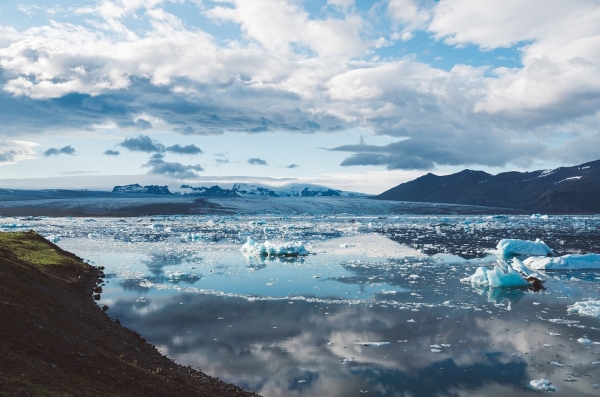A new study describes a period of rapid global climate change in an ice-capped world much like the present — but 304 million years ago. Within about 300,000 years, atmospheric carbon dioxide levels doubled, oceans became anoxic, and biodiversity dropped on land and at sea.
“It was one of the fastest warming events in Earth’s history,” said Isabel Montañez, distinguished professor in the Department of Earth and Planetary Sciences at the University of California, Davis.
Although several other “hyperthermal,” or rapid warming events, are known in Earth’s history, this is the first identified in an icehouse Earth, when the planet had ice caps and glaciers, comparable to the present day. It shows that an icehouse climate may be more sensitive to changes in atmospheric carbon dioxide than warmer conditions, when CO2 levels are already higher. The work is published this week (May 2) in Proceedings of the National Academy of Sciences.
Montañez’s lab has studied the period from 300 million to 260 million years ago, when Earth’s climate went from a glacial icehouse to a hot, ice-free greenhouse. In 2007, they showed that the climate swung back and forth several times during this period.
Read more at University of California - Davis
Photo Credit: JayMantri via Pixabay


